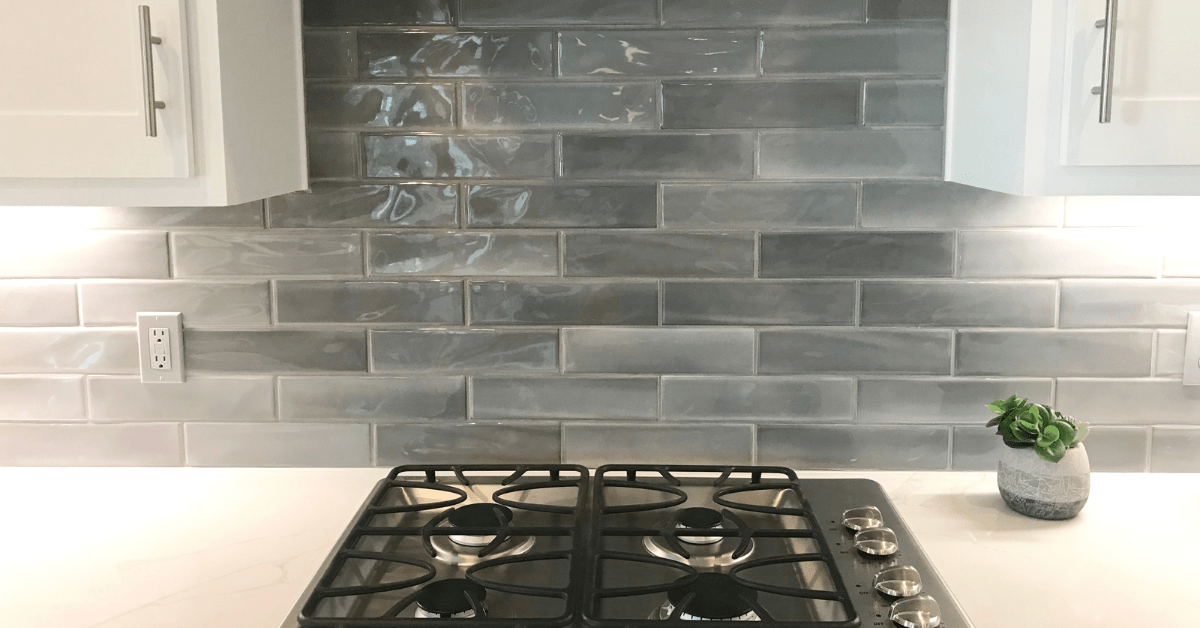Supercommuters, skyrocketing commutes, and America?s affordable housing crisis

Our increasing time behind the wheel shows the lengths many go for a reasonable rent payment The term ?supercommuter,? which refers to those Americans who travel more than 90 minutes each way to work, somewhat blithely suggests something bigger and better. In many ways, modern business has helped reinforce the importance of the portable creative class. Empowered by new communications technology and changing workplace norms, the modern, multicity employee?often a consultant or executive cut in the mold of George Clooney?s character in the 2009 film Up in the Air?has increasingly become a reality, flying weekly between office and home as routinely as others drive to work.
?For many, work is no longer defined by physical space,? says Mitchell Moss, a professor of urban policy and planning and director of the Rudin Center for Transportation Policy & Management at New York University. ?So many organizations now encourage dispersed workforces and different structures.? But that lifestyle makes up a small fraction of the increasing number of American supercommuters. For most members of this growing demographic?which increased by 23 percent between 2010 and 2015, according to data from the Pew Charitable Trust?the weekday commute is spent in the car, often stewing in rush-hour traffic. Commuters logged 6.9 billion hours in rush-hour traffic in 2014, according to a report from the Texas Transportation Institute at Texas A&M University. That?s 42 hours per commuter per...
| -------------------------------- |
| ADHERENCIA. Vocabulario arquitectónico. |
|
|












